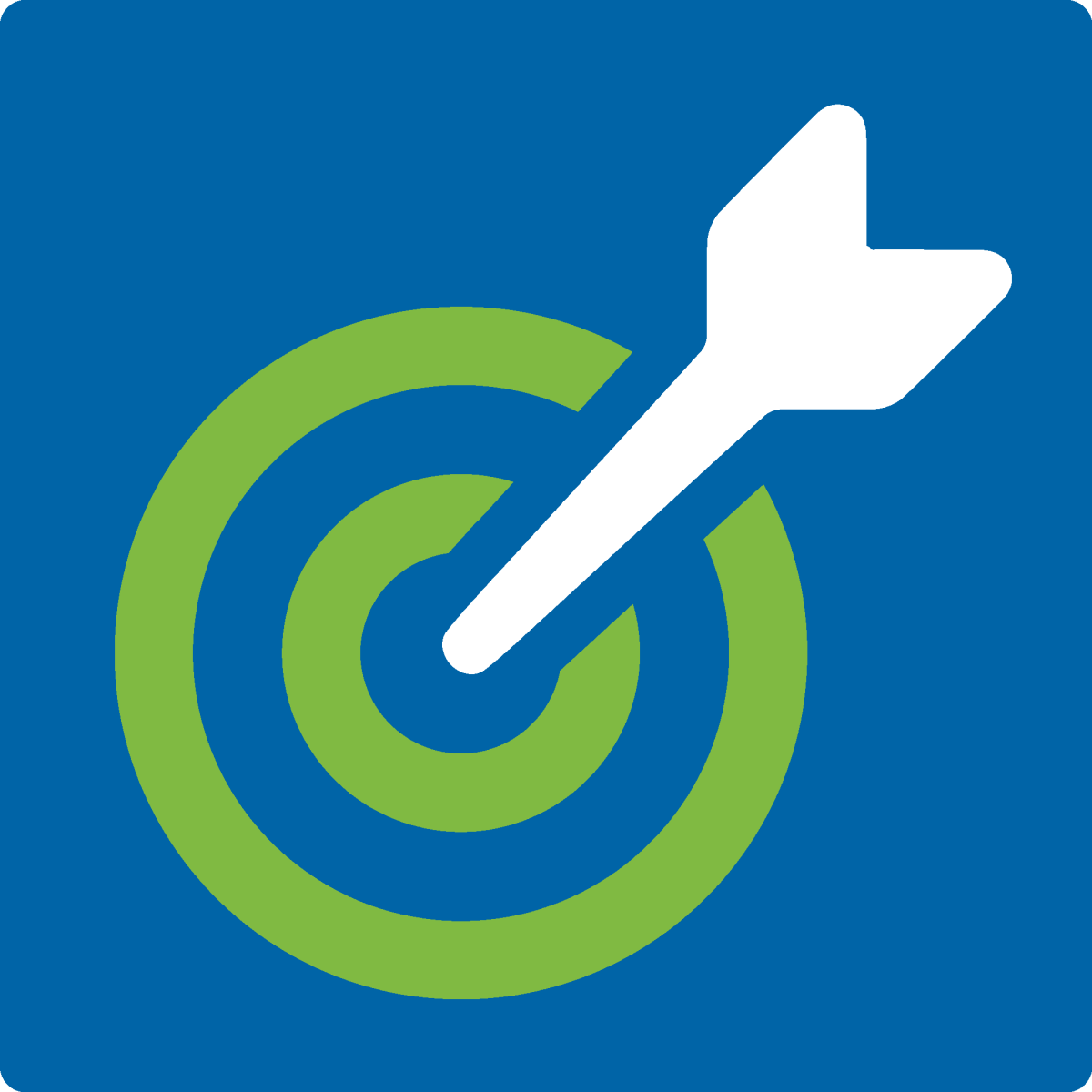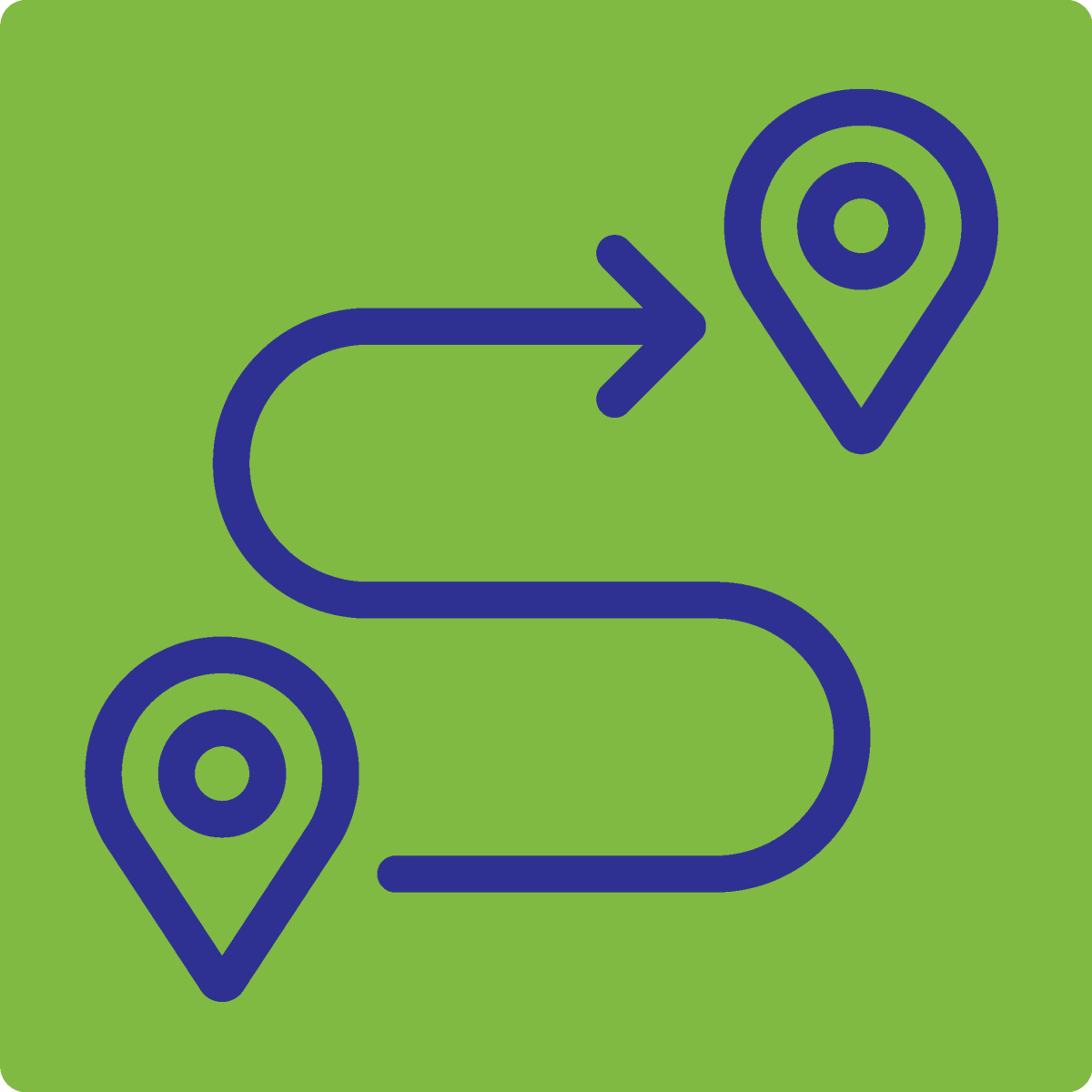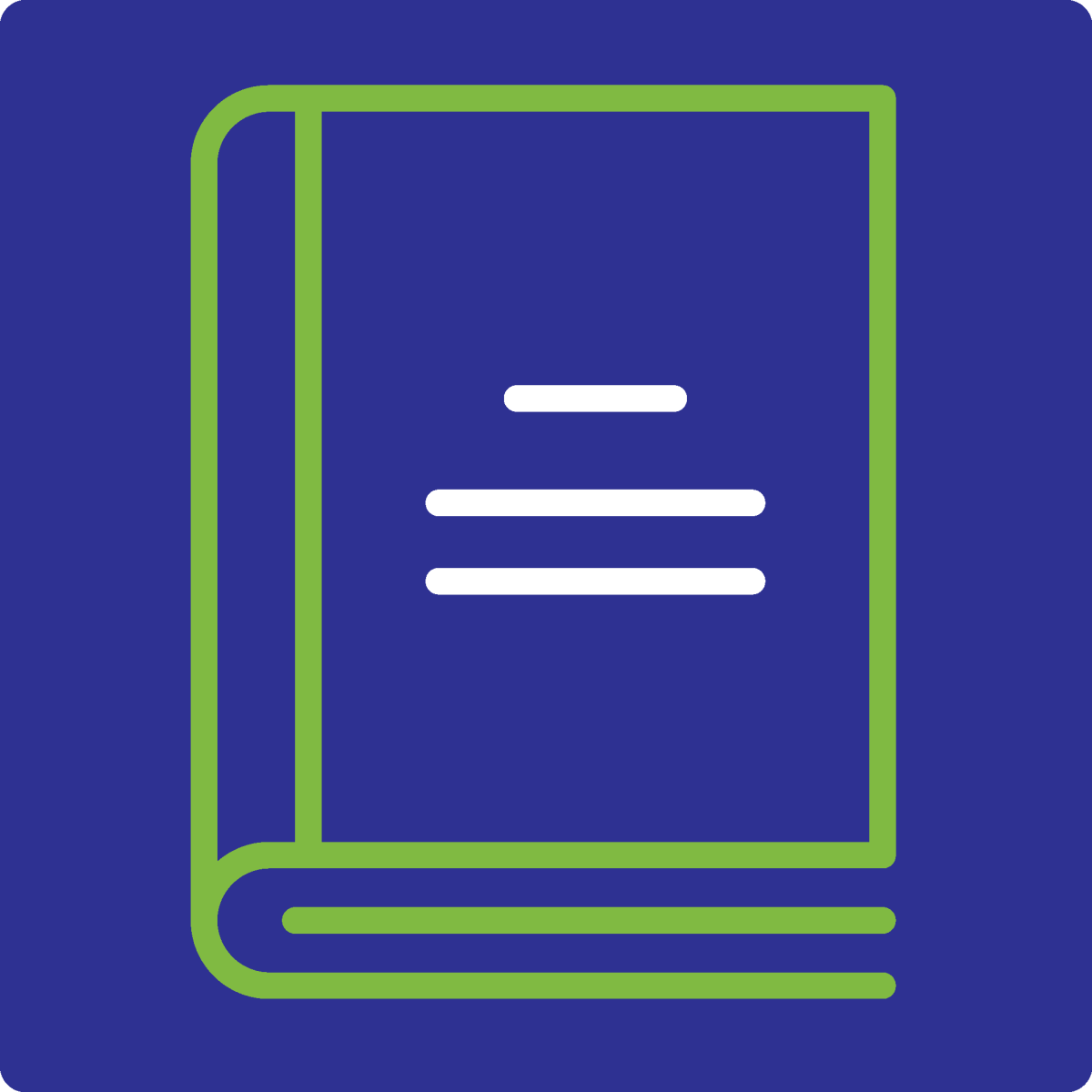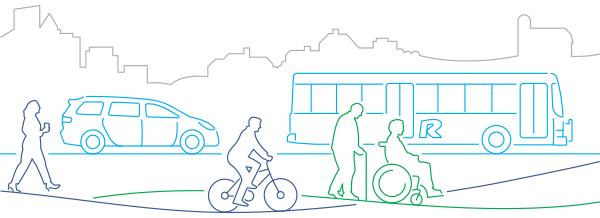We asked. You answered. Learn more about planned service enhancements.
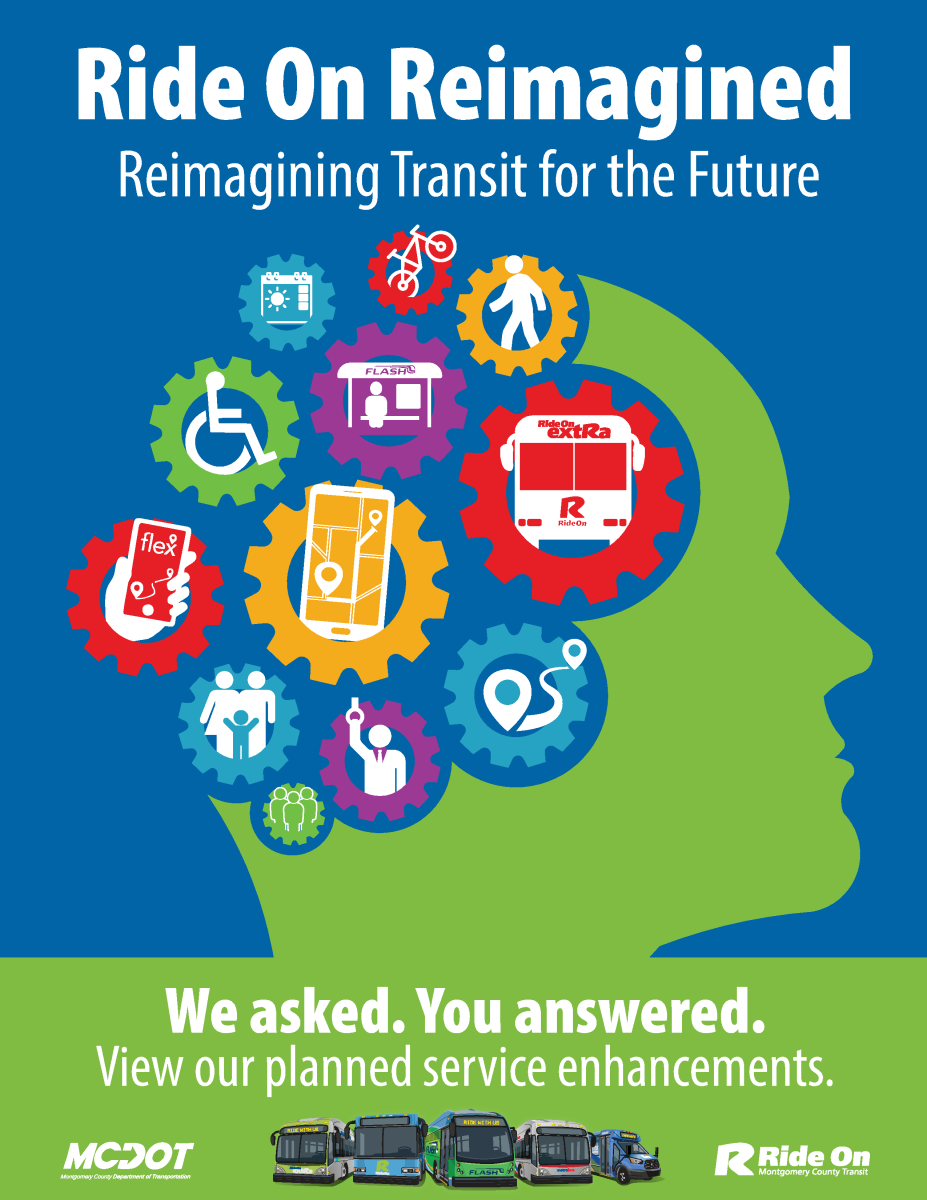 The Ride On Reimagined Study was a comprehensive, forward-looking assessment of the bus network that resulted in significant recommended changes to how transit operates in Montgomery County based on current and future needs. This study took an in-depth look at Montgomery County's existing and planned transit systems, including Metrobus services that operate within the County limits and the future Purple Line. The study provided an opportunity to guide the future direction of Ride On through data analysis and community engagement. The study had the primary goal of recommending system-wide changes that address the current and future needs of the community it serves for both Ride On and Metrobus services.
The Ride On Reimagined Study was a comprehensive, forward-looking assessment of the bus network that resulted in significant recommended changes to how transit operates in Montgomery County based on current and future needs. This study took an in-depth look at Montgomery County's existing and planned transit systems, including Metrobus services that operate within the County limits and the future Purple Line. The study provided an opportunity to guide the future direction of Ride On through data analysis and community engagement. The study had the primary goal of recommending system-wide changes that address the current and future needs of the community it serves for both Ride On and Metrobus services.
The study examined the current conditions and the anticipated future of Ride On's service area. The study engaged community leaders, activists, transit riders, and support organizations to gather feedback. An evaluation was conducted to assess route structure, connectivity, span, and frequency of service through market research analysis, review of land use development, and anticipated technology advancements. The study also addressed the County's priorities to improve racial equity and prevent climate change. The image of transit services is important to attract riders. Therefore, an evaluation of Ride On's branding was examined. In conclusion, the study set the framework for a plan with recommendations and implementation strategies that best align with the transportation goals of Montgomery County.
The Final Report outlines the process of developing the service and implementation plan—an in-depth and comprehensive review of transit—for Ride On Reimagined in Montgomery County. Ride On currently operates over 80 routes, many of which have been unchanged since their implementation in the 1970’s, making this redesign a vital process to better align with the current needs of Montgomery County’s riders. The service and implementation plan is the product of several intermediate steps, including the development of the draft and final network, public review and input, and coordination with Washington Metropolitan Area Transit Authority (WMATA) on their redesign efforts impacting Montgomery County. The plan is divided into phases that align with benefit and cost scenarios. Implementation is dependent on numerous operational, financial, and market conditions.
The Ride On Reimagined Service and Implementation Plan is the culmination of over two years of research, planning, coordination, and development that examined the transit landscape of Montgomery County, Maryland, including Ride On and Metrobus service. The comprehensive and forward-looking study analyzed existing market conditions, transit use, and public feedback from various channels to best plan for a sustainable, equitable transit network to promote safe mobility and economic opportunities.


